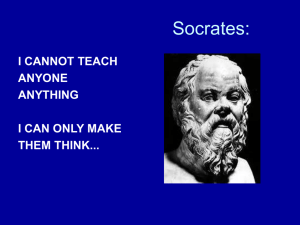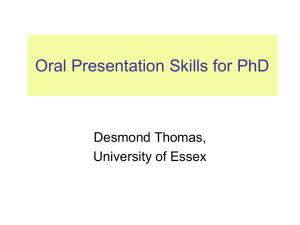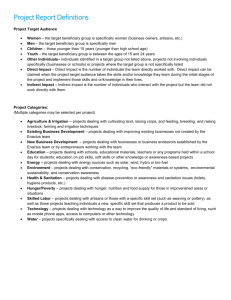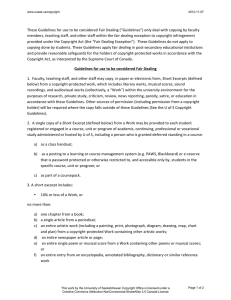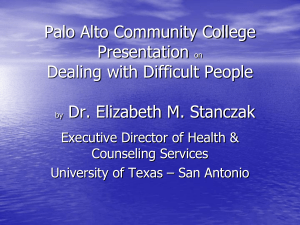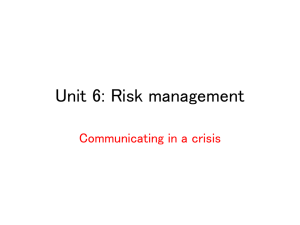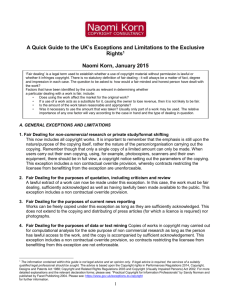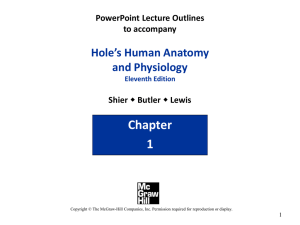Fair Dealing in the Digital Environment
advertisement
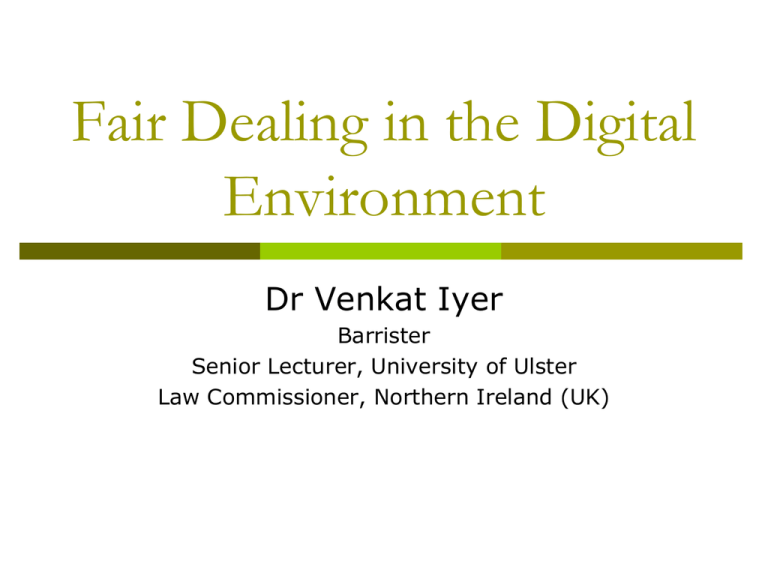
Fair Dealing in the Digital Environment Dr Venkat Iyer Barrister Senior Lecturer, University of Ulster Law Commissioner, Northern Ireland (UK) Rationale Allows for a fair balance between copyright owner’s interests and the public interest Promotes the advancement of learning (“free flow of knowledge, ideas and information”) Reduces transactional wastage of time and costs Encourages competition (by preventing monopolistic behaviour by rights holders) Purposes research or private study of individuals; reporting current events; giving of professional advice; or criticism or review. NOT for commercial exploitation (or in the ordinary course of trade) Other conditions Copying must be of a reasonable quantity only Further copying is not covered Original must have been obtained lawfully Peculiarities of digital works Allows for private ‘publication’ and distribution (i.e. without reliance on another, e.g. commercial, entity) Ease of reproduction Potential for manipulation But allows greater control of access (e.g. through password protection) What is ‘fair’? Usually left deliberately vague in statute, to enable flexibility of interpretation Largely a question of degree Fair dealing: possible factors for consideration the purpose of the copying is the work in question published or not the possibility of obtaining the work commercially at a reasonable price the proportion of the work being copied in relation to the whole of the work The effect of the copying on the value of, or potential market for, the work ‘Reasonable quantity’ Usually not defined prescriptively in statute Commonsense approach adopted, coupled with guidance in secondary legislation, e.g. one chapter or 10% of the words in a published work in electronic form Cases: - Time Warner Entertainment Ltd v. Channel 4 TV (1993) – Clockwork Orange - 8% of film, 40% (12’/30’) of the programme – held acceptable - BBC v. BSB (1992) – World Cup football – 14-37 second clips replayed 4 times in news bulletins – held acceptable Standards applied Fairly strict, esp. where the activity in question is seen to be commercial e.g. TVNZ v. Newsmonitor Services Ltd (1993): taping of TV and radio broadcasts by a media monitor and supply of copies of transcripts to clients held not to fall under ‘private study or research’ exception, even if the recordings were destroyed within a short time because the company “neither researched nor studied anything for itself” Roy Export Co. Estab. of Vaduz v. Columbia Broadcasting Sys., Inc. (1982): use of 75 seconds clip from 72 minute Chaplin film held not a fair use because it was ‘substantial’ and part of the ‘heart’ of the film LA News Service v. KCAL-TV Channel 9 (1997): use of 30 second clip from 4 minute videotape of beating of police brutality held not a fair use because it was commercial, took the heart of the work and impinged on the copyright owner’s ability to market the work Standards applied Where the matter being copied is intended to be used in a database of similar material, it is likely to fall outside fair dealing because of the increased commercial value that attaches to the copy (within the database) It is more likely for a fair dealing defence to succeed in relation to factual works rather than fictional works (e.g. American Geophysical Union v. Texaco Inc, 1994) Standards applied Copying from unpublished works, or works not intended for publication, is likely to be looked at less leniently for fair dealing than copying from published works Where a collecting society or other organisation exists which offers copies of copyrighted work under reasonable terms, fair dealing will be interpreted more strictly than otherwise Use of copyrighted material solely to save money may defeat a fair dealing defence Standards applied When fair dealing is used in reporting current events, the material in question must have a real connection/relevance to the current event being reported Any manipulation or distortion of the material used will defeat a defence of fair dealing The material should have been obtained lawfully Simply because a licence has been obtained for some material connected with the material being used does not validate a fair dealing defence Standards applied Simply because the material in question has already been published, albeit in contravention of copyright (e.g. on a website) does not mean that a fair dealing defence will succeed Sufficiency of acknowledgement Acknowledgement must be clear and sufficiently detailed for the reasonable viewer/listener/reader to make out the original source It should be shown for long enough to read fully In visual media, the acknowledgment is usually superimposed on the clip being used, but occasionally (e.g. where many clips are used), it can be made at the end When acknowledging a broadcaster, its logo may be sufficient Occasionally, an oral acknowledgement will do Enforcement strategies Watermarking and other anticircumvention technologies and methods Use of contractual controls by rights holders as a superior form of protection than copyright law (but note pitfalls under contract and trade practices law in relation to harsh or unreasonable business terms) Relevance of international standards Other issues Need to check law in relation to use of fair dealing defence abroad – not all countries adopt the same standards Need to be careful about use of material subject to fair dealing in trailers, etc – usually risky Sports clips are sometimes the subject of express agreement between broadcasters (e.g. Sports Access Code, UK, allows use of these in news programmes only) Concluding observations ‘Reactive’ nature of copyright law – will it evolve sufficiently quickly to meet the challenges of the digital environment? Can copyright law be fully ‘technology neutral’? Can copyright owners succeed in putting up an effective case against the growing pressure for liberalisation of copyright law?
